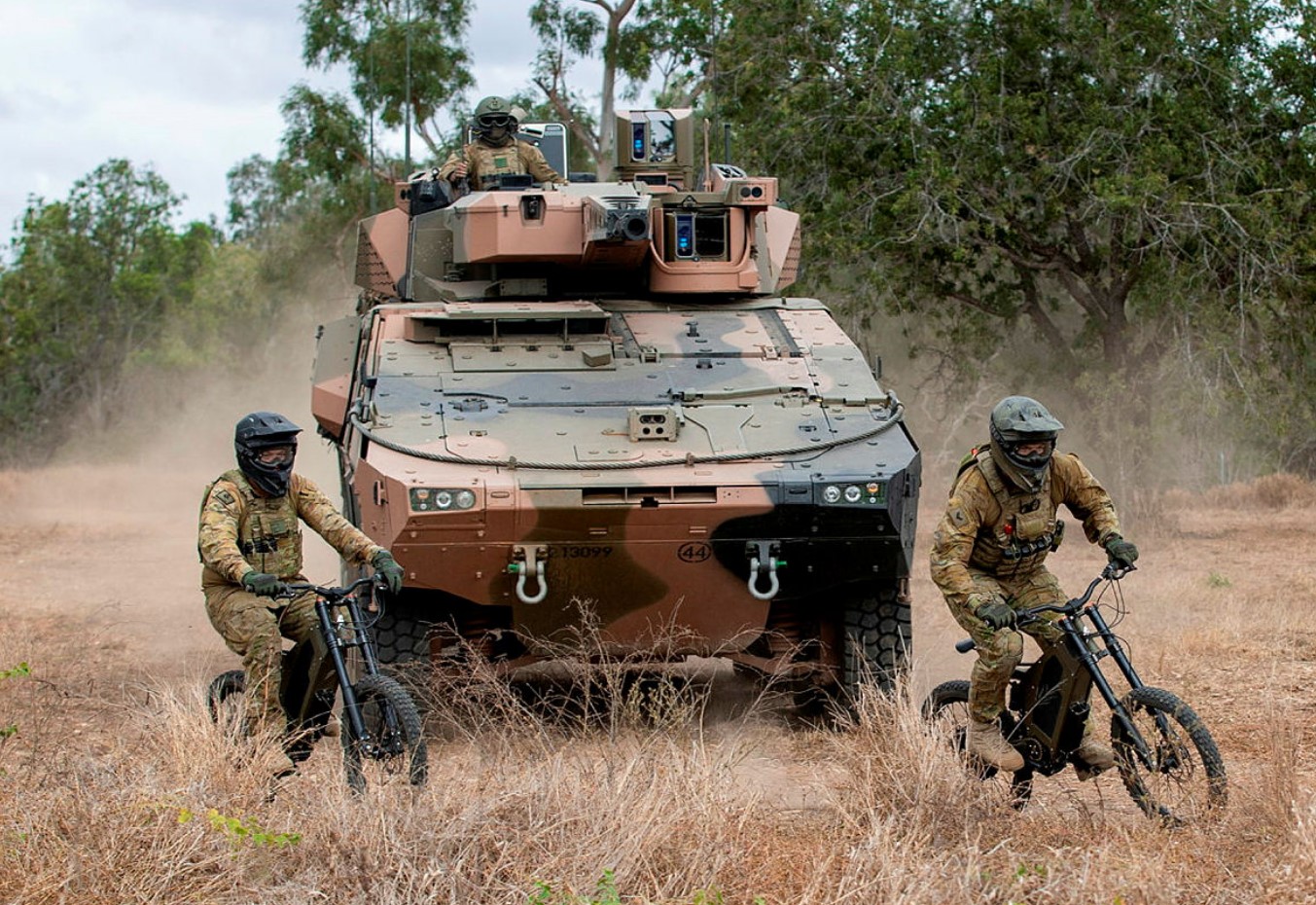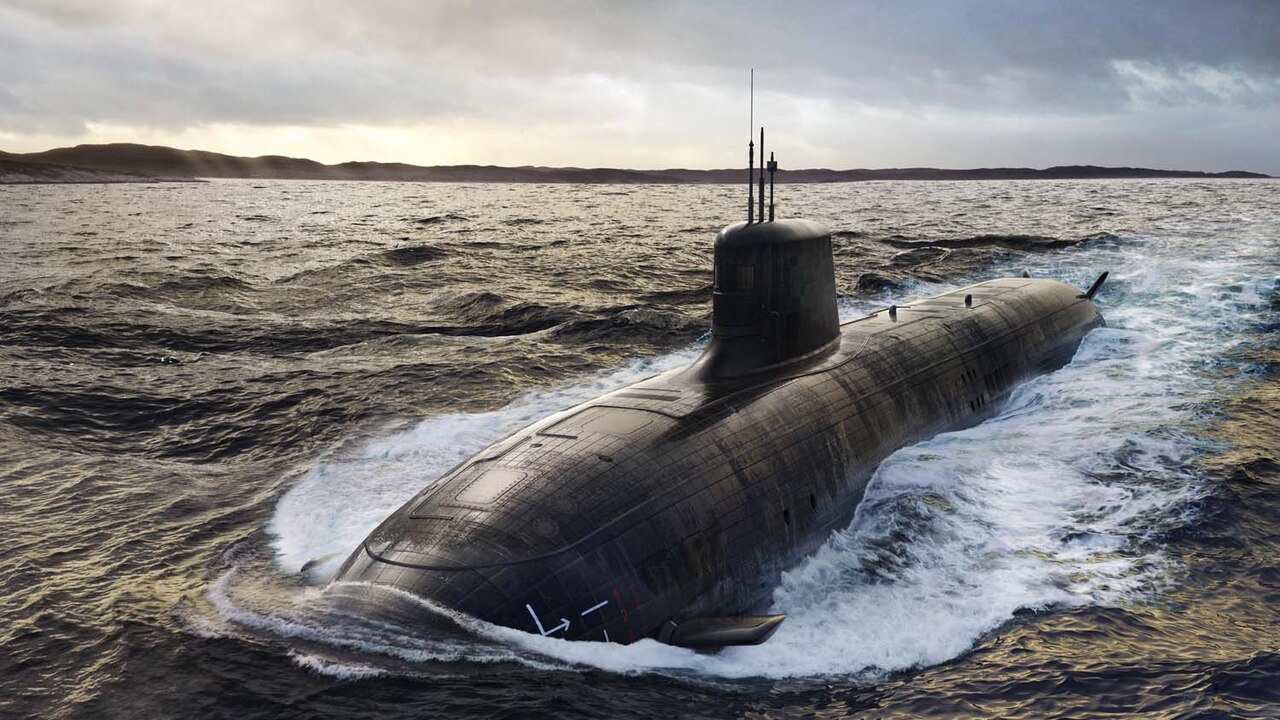Australia reorganizes its army due to the threat from China
4 October, 2023 Australian Army Parade. Photo from the open sources Australia starts reorganizing its land forces to counter a possible conflict with China.
The relevant document was published on the official website of the Australian government. The main task of the new reorganization should be creating more powerful units that would provide better offensive capabilities and form full-fledged brigades. The new brigades should combine most of the new equipment ordered by the Australian Army between 2019 and 2023.
 The Boxer CRV armored personnel carrier during an Australian Army exercise.
The Boxer CRV armored personnel carrier during an Australian Army exercise.
Photo credits: Australian Army
In addition, the document states that most units should be redeployed and repurposed due to their irrelevance in a possible conflict with China.
"These changes will deliver world-class, relevant, and credible combat capabilities that are focused and optimized for operating in the littoral environments of our region, on land, at sea, and in the air," MajGen Richard Vagg, Acting Chief of Army, said.
The reorganization should optimize the existing brigades for amphibious operations, armored and motorized, and provide better capabilities for warfare in coastal areas. In addition to the reorganization, Australia is conducting a large-scale program of military equipment purchases, as well as expanding the existing surface fleet. The country is also currently building facilities for the construction of nuclear submarines under the British SSN-AUKUS project, which will allow Australia's submarine forces to conduct ocean patrols.
 The SSN-AUKUS-class submarine.
The SSN-AUKUS-class submarine.
Photo credits: BAE Systems
The new nuclear submarines will replace the fleet of Collins-class diesel-electric submarines that have been part of the Australian fleet since the 1990s.
Militarnyi previously reported that Australia had approved the purchase of a fourth MQ-4C Triton drone and the modernization of P-8A Poseidon patrol and reconnaissance aircraft.
The first MQ-4C Triton, including the relevant ground and support systems, is due to be delivered to Australia in 2024.